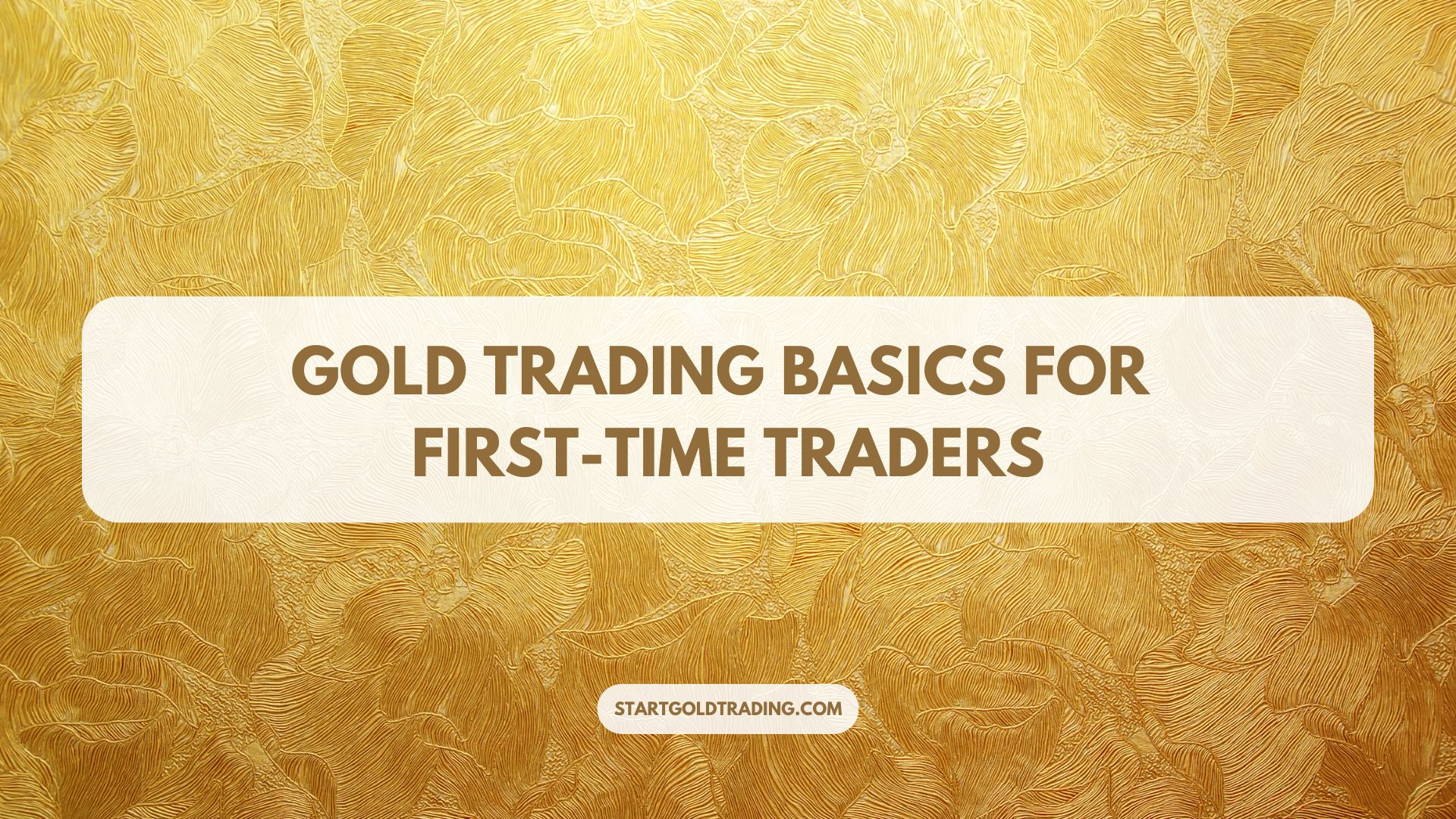Gold trading is an exciting opportunity for new traders looking to diversify their portfolio or take advantage of market fluctuations. However, understanding how gold is quoted, different order types, and tax implications is essential before placing your first trade.
In this guide, we’ll cover gold pricing, order execution methods, and key tax considerations to help first-time traders get started with confidence.
1. Understanding Gold Quotes: How Gold is Priced in the Markets
Gold is traded globally in various forms, including spot gold, gold futures, and gold ETFs (Exchange-Traded Funds). Understanding how gold is priced and quoted is crucial for making informed trading decisions.
🔹 How Gold is Priced
Gold is typically quoted in US dollars per troy ounce (XAU/USD). However, some brokers also offer gold trading in other currencies like EUR, GBP, and AUD.
📍 Example Gold Quote:
If gold is trading at $2,000 per ounce, this means that one troy ounce of gold costs $2,000 in USD.
🔹 Factors Affecting Gold Prices
Gold prices fluctuate due to economic, geopolitical, and market factors, including:
✅ US Dollar Strength – A stronger USD usually pushes gold prices lower.
✅ Inflation Rates – Higher inflation increases demand for gold as a hedge.
✅ Central Bank Policies – Interest rate changes impact gold demand.
✅ Supply & Demand – Gold mining production and investor sentiment influence prices.
📌 Trading Tip: Monitor key economic events (like Federal Reserve interest rate decisions) to anticipate gold price movements.
2. Order Types: How to Execute Trades in Gold Markets
When buying or selling gold, traders use different order types to control how and when trades are executed.
🔹 Market Orders: Instant Execution
A market order buys or sells gold immediately at the best available price.
📍 Example: If gold is trading at $2,000, a market order will execute as close to that price as possible.
✅ Pros: Fast execution, suitable for high-volatility markets.
❌ Cons: May experience slippage, meaning the final trade price could be slightly different.
🔹 Limit Orders: Setting a Specific Price
A limit order allows traders to set a specific price at which they want to buy or sell gold.
📍 Example: If gold is at $2,000, but you want to buy at $1,980, you place a limit buy order at $1,980. The trade will only execute if the price reaches that level.
✅ Pros: More control over entry price, avoids slippage.
❌ Cons: Trade may not be executed if price doesn’t reach your limit.
🔹 Stop-Loss Orders: Managing Risk
A stop-loss order automatically closes a trade if the price moves against you, helping to minimize losses.
📍 Example: If you buy gold at $2,000 and set a stop-loss at $1,970, your position will automatically close if gold drops to $1,970, limiting your losses.
✅ Pros: Reduces risk and protects against big losses.
❌ Cons: May trigger early in volatile markets if set too tight.
📌 Trading Tip: Always use stop-loss orders to protect your capital from unexpected market movements.
3. Tax Implications: Understanding the Basics for Gold Traders
Taxes on gold trading vary by country and depend on factors such as:
🔹 Holding period (short-term vs. long-term gains)
🔹 Type of gold traded (physical gold, ETFs, CFDs, or futures)
🔹 Local tax laws and regulations
🔹 Short-Term vs. Long-Term Capital Gains Tax
In many countries, gold trading profits are subject to capital gains tax (CGT).
✅ Short-Term Gains (Less than 1 Year) – Often taxed at higher rates, like regular income.
✅ Long-Term Gains (Over 1 Year) – Typically taxed at lower rates, offering potential tax advantages.
📍 Example (US Tax System):
- If you buy and sell gold within a year, you may be taxed at ordinary income tax rates (10%-37%).
- If you hold gold for more than a year, gains are taxed at a maximum of 28% (collectibles tax rate).
🔹 Tax Treatment by Gold Type
- Gold CFDs & Futures – Often subject to short-term trading taxes based on local laws.
- Gold ETFs & Stocks – Taxed similarly to stock investments, depending on jurisdiction.
- Physical Gold – Some countries charge VAT or sales tax on gold purchases.
📌 Tax Tip: Consult a tax professional or check local tax regulations to ensure compliance with gold trading taxes.
Final Thoughts: Getting Started with Gold Trading
Gold trading can be a profitable venture if you understand how gold is priced, use the right order types, and consider tax implications.
✅ Key Takeaways:
✔ Gold is typically quoted in USD per ounce, and prices are influenced by economic factors.
✔ Different order types (market, limit, stop-loss) help control trade execution and risk.
✔ Gold trading may be subject to capital gains tax and other financial regulations.
By mastering these basics, you’ll be well-prepared to start trading gold successfully.
📌 Ready to begin? Open a demo account and test your knowledge in live markets today! 🚀

